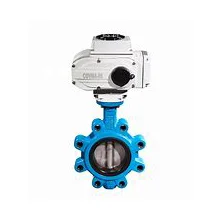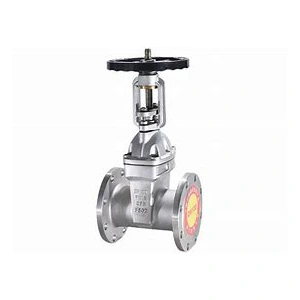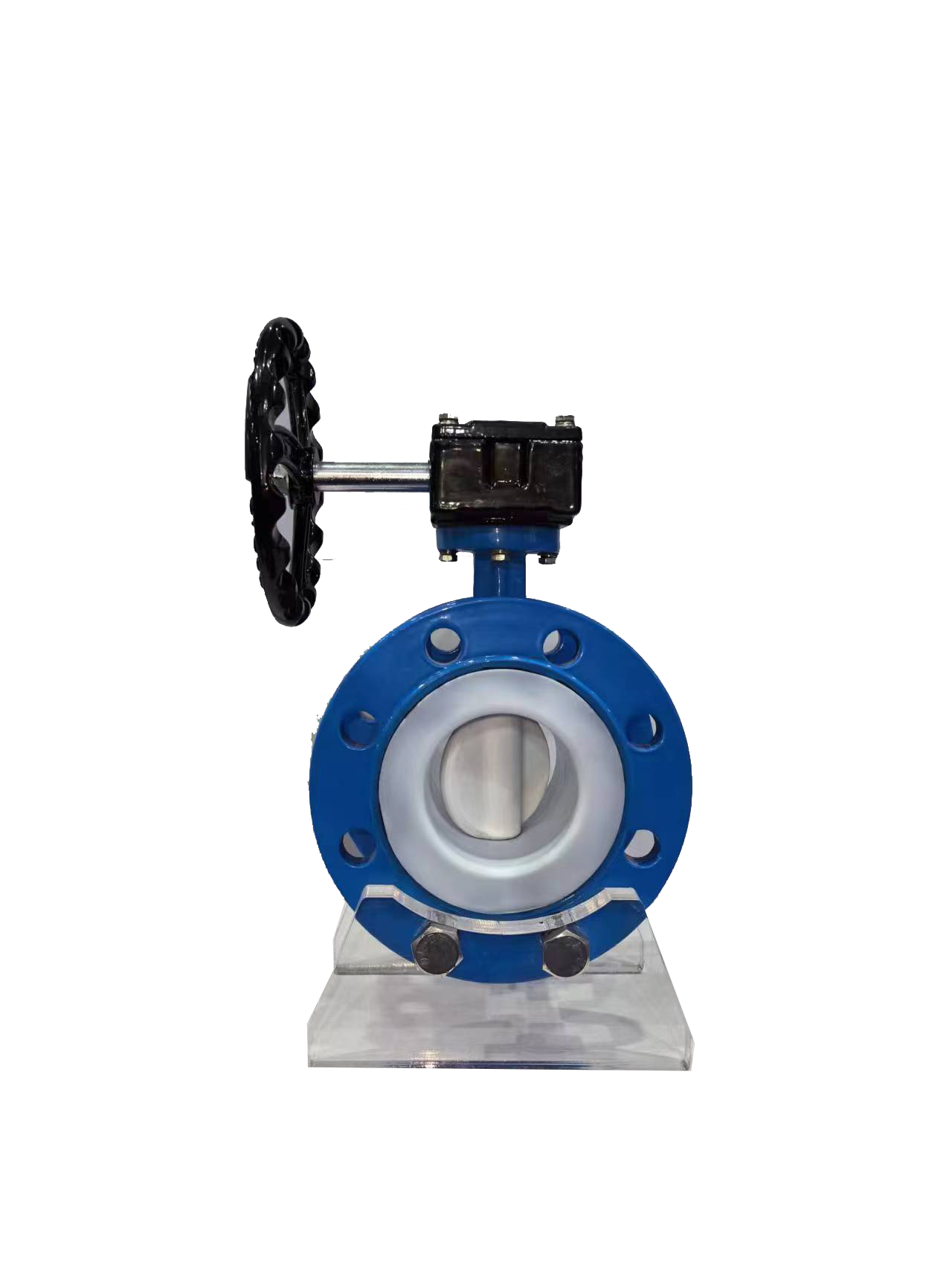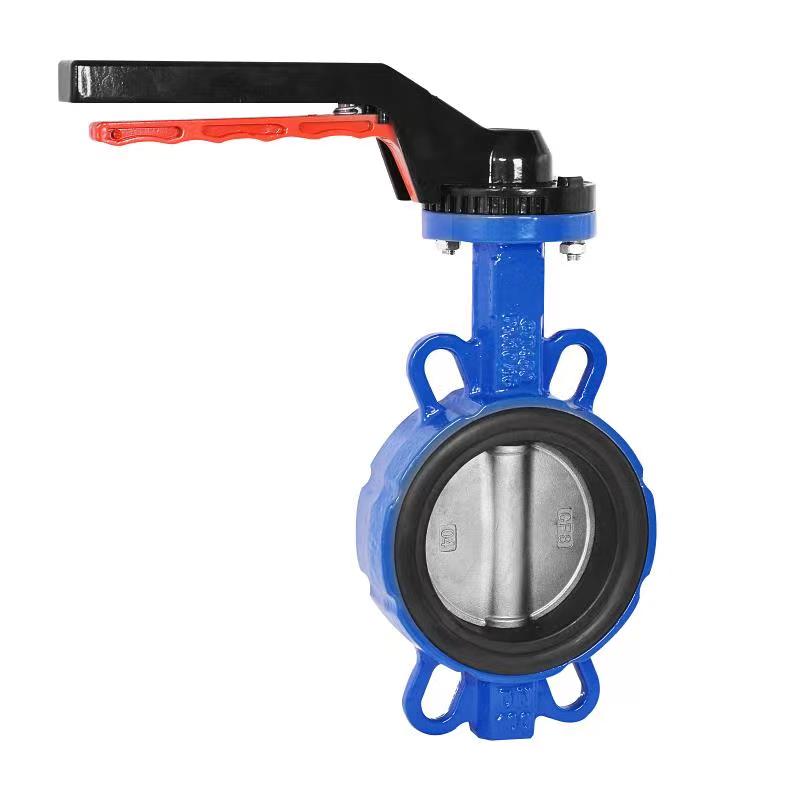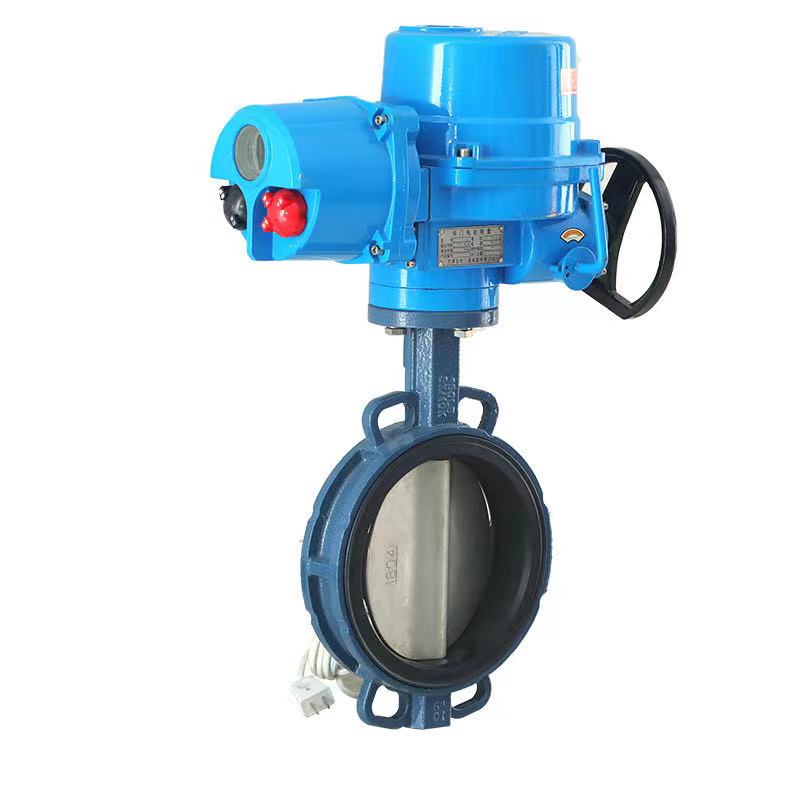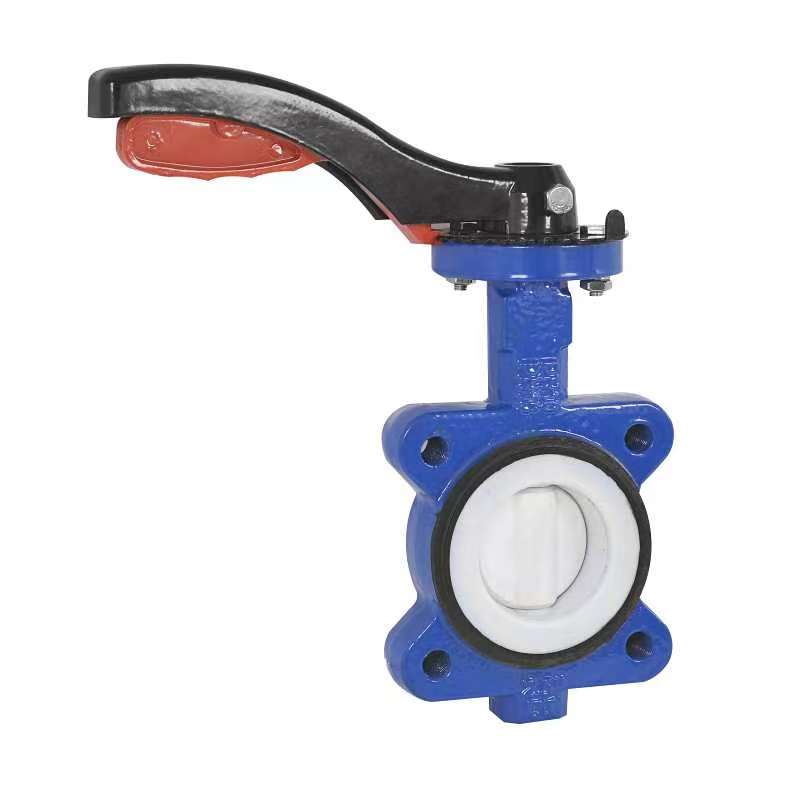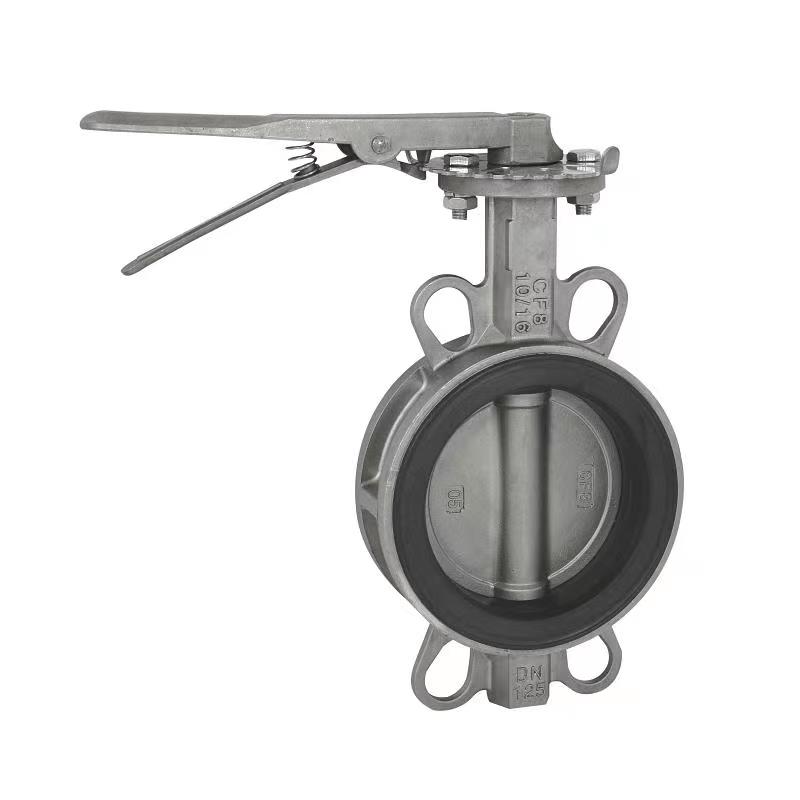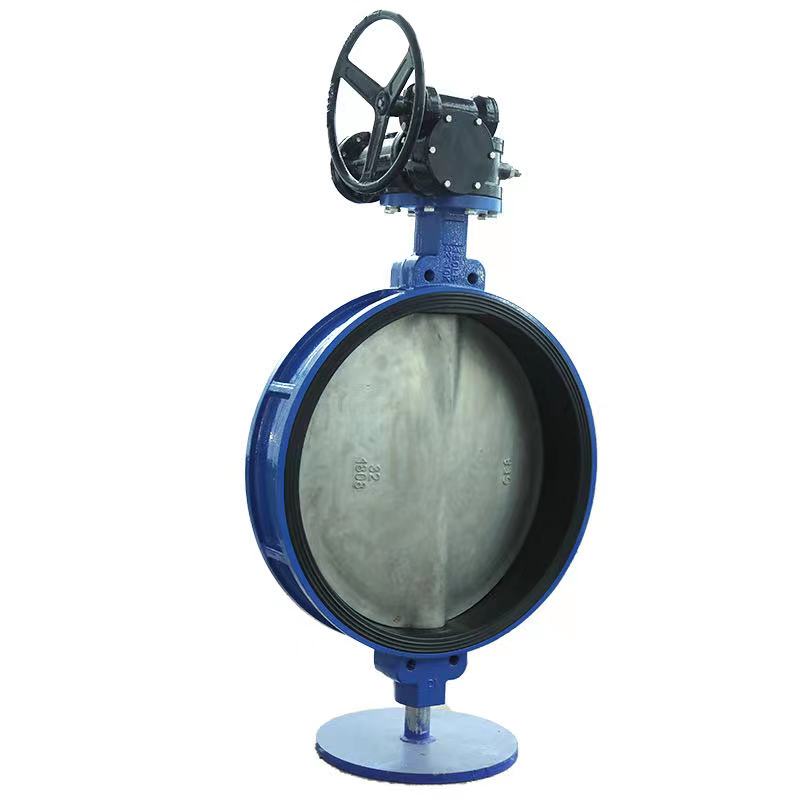- English
- Español
- Português
- русский
- Français
- 日本語
- Deutsch
- tiếng Việt
- Italiano
- Nederlands
- ภาษาไทย
- Polski
- 한국어
- Svenska
- magyar
- Malay
- বাংলা ভাষার
- Dansk
- Suomi
- हिन्दी
- Pilipino
- Türkçe
- Gaeilge
- العربية
- Indonesia
- Norsk
- تمل
- český
- ελληνικά
- український
- Javanese
- فارسی
- தமிழ்
- తెలుగు
- नेपाली
- Burmese
- български
- ລາວ
- Latine
- Қазақша
- Euskal
- Azərbaycan
- Slovenský jazyk
- Македонски
- Lietuvos
- Eesti Keel
- Română
- Slovenski
- मराठी
- Srpski језик
- Esperanto
- Català
- שפה עברית
- Cymraeg
- Latviešu
- icelandic
- ייִדיש
- беларускі
- Hrvatski
- Kreyòl ayisyen
- Shqiptar
- Malti
- lugha ya Kiswahili
- አማርኛ
- Bosanski
- Frysk
- ភាសាខ្មែរ
- ქართული
- ગુજરાતી
- Hausa
- Кыргыз тили
- ಕನ್ನಡ
- Corsa
- Kurdî
- മലയാളം
- Maori
- Монгол хэл
- Hmong
- IsiXhosa
- Zulu
- Yoruba
- অসমীয়া
- ଓଡିଆ
- Twi
- Samoa
- Sesotho
- සිංහල
- Gàidhlig
- Cebuano
- Somali
- Тоҷикӣ
- O'zbek
- Hawaiian
- سنڌي
- Shinra
- Հայերեն
- Igbo
- Sundanese
- Lëtzebuergesch
- Malagasy
- Tǝlam Kanuri
- Punjabi
- پښتو
- Chichewa
How to ensure the sealing performance of butterfly valves?
2025-05-29
In various industrial pipeline systems, butterfly valves are widely used in fluid control scenarios due to their compact structure, rapid opening and closing, and easy operation. The sealing performance, one of the core performances of butterfly valves, is directly related to the operating efficiency, safety and stability of the pipeline system. Good sealing can not only prevent medium leakage, but also extend the life of the valve and reduce maintenance costs. So, how to ensure the sealing performance of butterfly valves? This requires comprehensive control from multiple links such as design, material selection, processing, installation and maintenance.
1. Structural design is the basis of sealing performance
There are two main sealing forms of butterfly valves, one is soft sealing structure and the other is metal sealing structure. Soft sealing butterfly valves usually use elastic materials such as rubber and polytetrafluoroethylene, with good sealing effect, suitable for normal temperature and pressure environment. Metal sealing butterfly valves are suitable for high temperature, high pressure or corrosive media, but have higher requirements for processing accuracy and material performance.
In structural design, the sealing pair matching relationship of butterfly valves is crucial. The fit between the sealing surfaces, contact angle, and force distribution will affect the sealing effect. Therefore, in the early stage of design, it is necessary to fully consider factors such as the characteristics of the medium, working pressure, temperature changes, etc., so as to select the appropriate sealing structure and material combination.
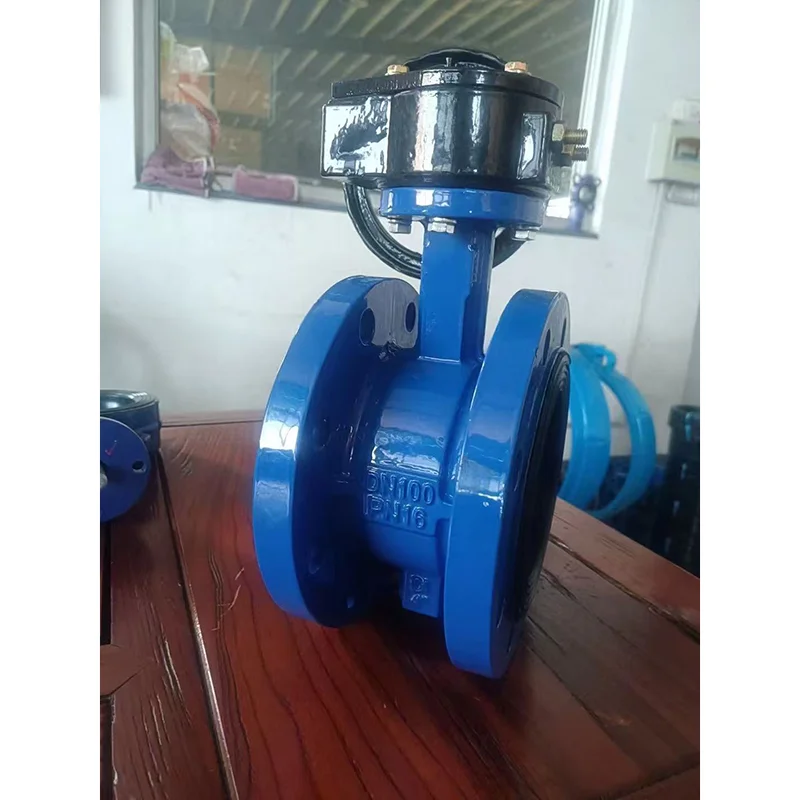
2. High-quality materials are the key to achieving reliable sealing
Material selection is another core link to ensure sealing performance. For soft-sealed butterfly valves, the sealing rings are usually made of rubber, EPDM, NBR, PTFE and other materials. These materials have good elasticity and corrosion resistance, and can maintain good resilience and sealing state during long-term opening and closing.
For metal-sealed butterfly valves, high-strength metal materials such as stainless steel and cemented carbide are required. These materials are not only resistant to high temperature and pressure, but also have strong wear resistance. Especially when conveying highly corrosive media or solid particles, metal sealing structures are more capable of complex working conditions.
It is worth noting that the selection of sealing materials must match the specific working conditions. The temperature resistance, aging resistance, corrosion resistance, etc. of the material need to be comprehensively evaluated and cannot be generalized.
3. Processing technology affects the fitting accuracy of the sealing surface
Even if the design is reasonable and the materials are high-quality, good sealing performance cannot be achieved if the processing accuracy is not up to standard. The sealing surface of the butterfly valve needs to be precisely processed and ground to ensure its smoothness and flatness. In actual production, tiny scratches, burrs or deviations on the sealing surface may become a hidden danger of leakage.
Especially for metal-sealed butterfly valves, the processing technology requirements are more stringent. The sealing ring and the valve seat must be matched with high precision to ensure a tight and durable seal. In addition, the concentricity adjustment during the assembly process is also very critical to ensure that the valve disc is always in the correct position with the sealing surface when opening and closing to avoid wear or leakage due to offset.
4. Correct installation ensures that the sealing structure does not deform
The sealing performance of the butterfly valve not only comes from the product itself, but is also closely related to the installation quality on site. During the installation process, it is necessary to ensure that the flanges of the pipeline and the valve are flat and the bolts are evenly stressed. If the installation is not in place, the sealing ring may be unevenly pressed or even partially deformed, thereby destroying the original sealing structure.
When installing a soft-sealed butterfly valve, the operator needs to pay special attention to whether the position of the sealing ring is completely fitted to the valve body and the valve disc. When installing a metal-sealed butterfly valve, it should be ensured that there is no gap or deviation in the valve when it is closed. Pressure testing after installation is an important means to verify the sealing performance.
5. Regular maintenance to prevent seal aging and wear
No matter how good the butterfly valve is, it needs regular maintenance and inspection. As time goes by and the medium erodes, the soft sealing material may age, crack, etc., affecting the sealing effect. At this time, the sealing ring should be replaced in time to avoid system leakage or failure caused by minor problems.
Although the metal-sealed butterfly valve is durable, it may also wear after long-term operation. Especially under high-frequency opening and closing or solid particles in the medium, the sealing surface is prone to slight damage. By regularly checking the finish of the sealing surface and properly grinding it, the service life of the butterfly valve can be extended and the sealing performance can be maintained.
The sealing performance of the butterfly valve is the core guarantee for its stable operation under complex working conditions. From structural design, material selection, precision machining, to installation, commissioning and later maintenance, every link has a direct impact on the sealing effect. When purchasing and using butterfly valve products, enterprises should not only pay attention to the quality of the product itself, but also pay attention to standardized management and maintenance during use.
Through scientific selection, standardized operation and continuous management, butterfly valves can not only achieve efficient fluid control, but also provide solid guarantees for the safe and stable operation of the entire system. This is the key to the pursuit of quality and reliability in every engineering project.
Related News
New Products


